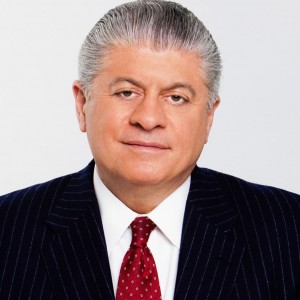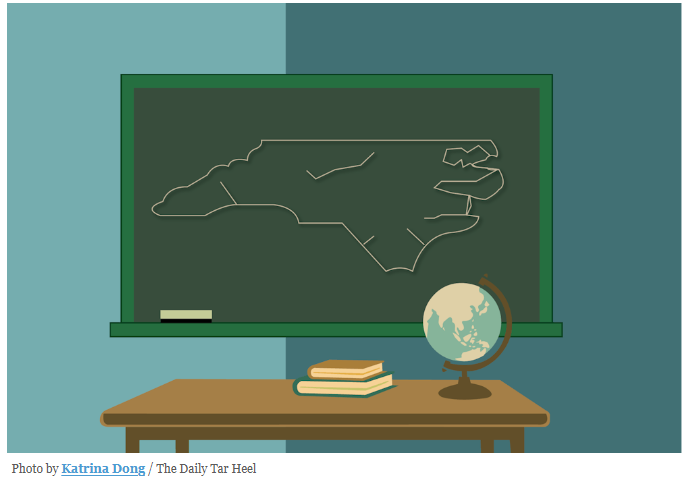When James Madison was a member of Congress in 1791 and charged with drafting the Bill of Rights, he made two grammatical demands. One was that the word “the” precede “freedom of speech” in the First Amendment, and the other was a command in the Ninth Amendment that the “rights retained by the people,” rights too numerous to enumerate, “shall not be disparaged” by the government.
This principle — that our rights preexisted the government — would be played out over and over in litigation in the centuries following the ratification of the Bill of Rights. The ratification itself was insisted upon by five of the new states who threatened to leave the new union unless restraints were added to the Constitution so as to protect the individual liberties that the Declaration of Independence — then only 15 years old — stated unambiguously were granted by the Creator.
Though the colonists deeply valued all the rights articulated in the Declaration, truly it was the freedom of speech that drove the revolution. Yes, the Americans had Kentucky long guns that enabled the colonial militias to shoot and kill British forces from distances that the British weaponry was unable to reach. Yes, the Americans were animated by defending their homeland.
But it was speech — sung in taverns, written in broadsides, delivered in sermons, distributed in pamphlets, adopted by the Continental Congress and colonial legislatures, and proclaimed in town squares from Boston to Charleston — that whipped the brushfires of freedom into a revolution and a new nation.
I offer this brief historical, philosophical and legal analysis of the freedom of speech as background for the discussion that follows.
Today, this most basic and utterly essential freedom — both a natural human right and a constitutionally protected right — is under assault by governments that hate or fear the content of the speech. I am addressing the demonstrations on college campuses today and the authoritarian responses to them by college presidents, governors and mayors.
Here is the dispute in a nutshell.
Students at various universities are repulsed by the gravity of the assault on Gaza by the IDF. They have chosen to address this assault and not the assault on Israeli civilians and military on Oct. 7. They are free to address whichever assault they choose.
They have also chosen to articulate their views by occupying public places on campuses; shouting, singing and haranguing college administrators. The administrators, fearing a loss of donations from those who disagree with the students or harm to other students who challenge the demonstrators, have engaged local and state police to suppress these demonstrations.
Can the government interfere with speech because of its content? In a word: NO.
How about on private property where campuses are not owned by the government? That depends on the location of the campus, as most states — but not all — have public accommodation laws that make college campuses public places available for the articulation of ideas. Even the colleges in states without these laws that accept federal funds do so in contracts with the federal government, which require that they respect free speech rights.
These public accommodation laws and these agreements with the feds are violative of the property rights of the owners of these colleges. Yet, like free speech, property rights, too, are under attack in America today. Nevertheless, today it is clear beyond dispute that college campuses are places for the free exchange of ideas, whether these ideas are approved by the owners of the campuses or not.
Is speech that preaches hate and threatens violence protected on college campuses? In a word: YES.
In Terminiello v. Chicago (1949), a Roman Catholic priest aimed hatred at President Harry Truman and the hate speech produced violence and property damage. In Brandenburg v. Ohio (1969), a Ku Klux Klan leader aimed hatred at Blacks and Jews. In Terminiello, the violence was caused by the audience members who hated the speech they came to scorn. In Brandenburg, the KKK speaker demanded violence, but it never came about.
The Supreme Court sided with both speakers. The jurisprudence from both cases is now integral to American law. It teaches that all innocuous speech is absolutely protected and all speech is innocuous when there is time for more speech to challenge it.
Moreover, the court ruled, freedom of speech is so essential to human happiness and democratic values that it tolerates violence; meaning, those who cause violence can and should be addressed by the criminal justice system, but those who preach it are immune from prosecution, unless they cause an immediate, unthinking violent act — meaning there is no time for more speech to challenge the call for violence.
In the case of college campuses, the violence has been caused by the government. Whether the property on which the demonstrators stand is owned by the government — like the University of Texas, where the governor sent in police on horseback to rough up peaceful demonstrators — or is privately owned like Columbia University, where the mayor sent in police to arrest peaceful students, is of no moment.
No moment because the students have an absolute right to think as they wish, to say what they think, to read what they want, to publish what they believe; and they can do this alone or in groups, quietly or profoundly — and they can do this with impunity. Anything short of leaving them alone involves the governmental evaluation of the content of speech, the very acts that the First Amendment was written to prevent.
Today, the government wants war, and the students want peace. In the bitter days of the 1960s, student demonstrators chased an incumbent president from reelection and chastised a newly elected one into a policy change over war. Today, the government seems determined to use force to prevent change and suppress freedom. If the British had done this successfully in the 1770s, we’d all be bowing to Charles III today.
To learn more about Judge Andrew Napolitano, visit https://JudgeNap.com.




